Independent grocery operators are continuing to battle against the multiples and the growth of hard discounters, but the sector is shrinking fast.
Although The Grocer’s 2014 ranking of the UK’s Top 50 independent grocery operators reveals a 6% like-for-like increase in store numbers over the past year, the 4,378 stores figure is the lowest the Top 50 has seen since 2008.
“When the major grocers are on the lookout, some indies will seek to exit certain locations where there will be a threat to margins”
Steve Rodell, Christie & Co
The reduction is chiefly down to McColl’s listing on the London Stock Exchange last month, thus ending 41 years of independent ownership for the now 1,276-store chain. Without McColl’s, the indie with the biggest estate is now Poundstretcher (6) with 400 stores.
However, while in previous years the Top 50 has charted the exit of independents who have sold out, there’s a developing trend of The Grocer’s Top 50 indies carrying out partial sell-offs - selling a number of stores in their estate to focus on other business interests, pay off debt, or just make some money.
Of the six departures from this year’s Top 50, three are due to partial sell-offs. In November 2012, Costcutter retailer Sunstar Group sold six of its stores to The Co-operative Group to focus on its businesses in Morocco and Pakistan. In June 2013, trailblazing indie Andrew Thornton sold his flagship Crouch End Budgens store back to Musgrave to “concentrate my energies on running just one store”.
James Graven is also down to one store: following a gradual store sell-off in 2012/13, MD Jonathan James sold his flagship Budgens store in Soham, Cambridgeshire, to Asda in January, so he could focus on developing an eco-business park. And last month Spar retailer Alfred Jones (18) revealed that as well as selling 33 stores to One Stop, it sold a further 14 stores to Blakemore Retail (5), Lawrence Hunt (29) and G&E Murgatroyd.
With supermarkets also using fuel vouchers to subsidise food sales, some of the major forecourt operators have also carried out strategic reviews in the past 12 months to cut costs. Park Garage Group (12) is franchising the running of its shops under a commission operator model, which has reduced its turnover and headcount. MRH GB (2) also conducted a “rationalisation” of its estate, including the disposal of its commercial fuels business, Pace Fuelcare.
In the case of James Graven and Andrew Thornton, their sales are now too small to qualify for inclusion in the Top 50. Thornton’s Budgens, for example, estimates turnover in its remaining Belsize Park store at £8.8m.
Downsizing and refocusing a business can be a viable alternative to a full-scale disposal. Alfred Jones revealed in its accounts that its sell-off was so it could “refocus our convenience offering and reduce our geographical spread”. It made “in excess of £7m” from the sale and planned to “reduce the company’s debt levels and concentrate our efforts on investing surplus proceeds on the remaining estate”.
The 33 stores that went to One Stop were converted during a 51-day period. One Stop says it has achieved sales targets six months ahead of schedule, with sales up 30%. Prices have reduced around 25% and all staff have been retained. So it seems a win-win for both parties.
However, some partial sell-offs don’t go so well. In November 2012, former Top 50 indie Finlays Newsagents put 12 of its 20 stores up for sale after a strategic review. In its accounts a month later, MD William Gandy said that although the sell-off was “in essence somewhat radical”, it would “enable and fund future growth”. But the move was not “radical” enough. Finlays fell into administration last October.
“In general terms, operators sell due to one of the four Ds - death, divorce, departure from the business or a desire to trade up generally,” says Steve Rodell, director and head of retail at Christie & Co. “Every business has a price. Independents are fully aware when the major grocers are on the lookout for smaller format stores in areas in which they operate, so some independents will seek an exit from certain locations where there will be a major competitive threat to margins.”
While hard discounters such as Aldi and Lidl are clearly hurting the supermarkets, nearly every retailer that returned The Grocer’s Top 50 form cited ‘multiple supermarkets, superstores and hypermarkets’ as the biggest threats to their business in 2014. “We have a 60,000 sq ft Morrisons coming to Oswestry towards the end of 2014, which is only three miles from our main store,” says Andrew Faulks, a partner at Stans Superstore (44).
However, Lawrence Hunt FD Francis Chaney argues: “The big issue is the continued invasion of the likes of Morrisons, Sainsbury’s, Tesco and One Stop into the convenience market,” he warns. “Spar cannot match the cost prices obtained by One Stop, etc, and therefore we cannot begin to achieve the same gross profit margin and are hopelessly disadvantaged.”
Even so, to sell or not to sell is a tough choice for indies to have to make, says Rodell. “Some will stay and try to compete against the giant brands,” he says. “But, if minded to exit, it is difficult to resist the temptation of a large cheque being waved in their direction. Some take the view the market may become saturated in the future and there is currently a window of opportunity to sell while there is so much interest from multiples.”
Retailers make a comeback
Selling stores doesn’t necessarily mean the end of the line, however, as this year’s Top 50 shows. Two of the new entrants are in fact Top 50 veterans.
Curley’s (48) and Proudfoot Group (50) both make their return to the rankings after dropping out in 2011 and 2009 respectively because they sold off some of their stores. Proudfoot Group hit the headlines in April 2007 when it sold a store in Withernsea, North Yorkshire, to Aldi, after the store’s turnover slumped 35% following a deep-discount voucher campaign by Tesco in the local area. And Curley’s has reinvented itself as an off-licence chain after selling its supermarkets to Sainsbury’s in January 2008.
Other veterans have simply started over. Symonds Forecourts (30) - The Grocer’s reigning Independent Retail Chain of the Year, for example - hit the Top 50 in 2011. The business, owned by MD Jeremy Symonds, was formed after he sold Smile Stores to McColl’s in 2007.
Is Iceland an independent retailer?

To qualify for The Grocer’s Top 50, companies must be more than 50%-owned by management or family.
This means Iceland, one of the UK’s biggest food retailers, doesn’t make the cut despite Malcolm Walker’s MBO in 2012. If it were on the Top 50, it would be number one by a clear margin. It reported a 1% increase in turnover to £2.64bn in the year to 29 March 2013. That’s £1.1bn more than No1-ranked Wilkinson.
Another company close to qualification is Rontec, the owner of former Top 50 forecourt Snax 24. It is about 40%-owned by management, with the rest held by Investec, Grovepoint Capital and others. In the year to 30 September 2013, Rontec and Snax 24 reported combined sales of £848.9m and pre-tax profits of £1.7m.
There are other former Top 50 players waiting in the wings, too. Harry Tuffins was sold in April 2012 to Midcounties Co-op. However, MD Paul Delves has bought back one store and is looking for more sites. David Sands, meanwhile, who sold his eponymous c-store chain to the Co-op Group in January 2012, is due to open a new c-store this month. He’s also working on another c-store project in Scotland, due to open in May. It seems the independent spirit is hard to extinguish for these entrepreneurs.
Meanwhile, there are many indies in the Top 50 determined to grow their store estates. Nine increased their estates by double digits last year, led by Petrogas UK (16), which snapped up 12 sites from the Co-operative Group and indies such as James Graven.
Growth is expected to continue in 2014, too. Poundworld (9) is aiming for 50 new stores, Heron Foods (11) wants to open 20 to 30 stores a year, Booths (10) is opening a new store in Barrowford in November, and Jempson’s (34) is opening a Jempson’s Local store in Northiam next week and a second, in Wadhurst, in May, as well as another standalone bakery café. Jempson’s remains fiercely independent.
“There is a window now for totally unique businesses to expand,” believes joint MD Stephen Jempson. “Uniqueness, quirkiness, something different - this is what the discerning customer now wants. They want to be enthused and interested when visiting a shop. Blandness and sterility are everywhere - particularly when purchasing on the internet and in some modern multiple formats.”
Sanjeev Vadhera, director of North East Convenience Stores (40), adds: “The independent market is exciting, dynamic and benefits local communities whole heartedly. We will continue to remain independent in the foreseeable future and offer loyal customers a local, vibrant and diverse offering in the heart of the communities we serve.”
Proudfoot agrees: “We can be creative in the way we project our unique style and trade, which ultimately allows real flexibility,” he says. “Customers very much appreciate independence, a quality and unique choice, something beyond the multiples, something personally identifiable and to which they can relate personally.”
Kavanagh Retailing UK (36) is another determined to remain independent. “We have every intention of remaining independent as the combination of benefiting from a €5bn retail partner in Budgens/Musgrave allows us to compete on pricing and range,” says MD Noel Kavanagh Jr. “At the same time we can offer that unique point of difference and focus on customer service that comes with being independent. In essence, we have the best of both worlds.” Encouragingly, pre-tax profits improved by 227%.
Of the 19 supermarkets and c-stores on the Top 50, only Booths is not a symbol group member. It left Nisa in 2008 and briefly struck a buying alliance with Waitrose. This is in stark contrast to the five off-licences in the Top 50. Despite the sector being in long-term decline, they all still trade under their own name.
Performance
The Top 50 suggests indies need that support to continue to battle the mults. Pre-tax profits rose by just 2% to £221m on flat sales of £8.8bn. This meant profit margins stuck at 2.5%. Among the 32 retailers where profit figures were available, 14 reported a drop in profits, and five were loss-making. With a profit of £110.8m, TJ Morris accounted for 50% of all the profit for the Top 50.
As the indie sector continues to shrink, so does the turnover needed to make the list. In 2013, the 50th retailer (Thorntons Budgens) had sales of £15.6m. This year, Proudfoot has a turnover of £13.5m and Curley’s and Ben’s at 48 and 49 respectively, would not have made the list last year.
The Grocer’s Top 50 operators, however, are nothing if not resilient. There are still huge sums to be made in this industry as an independent, if you know what you’re doing.



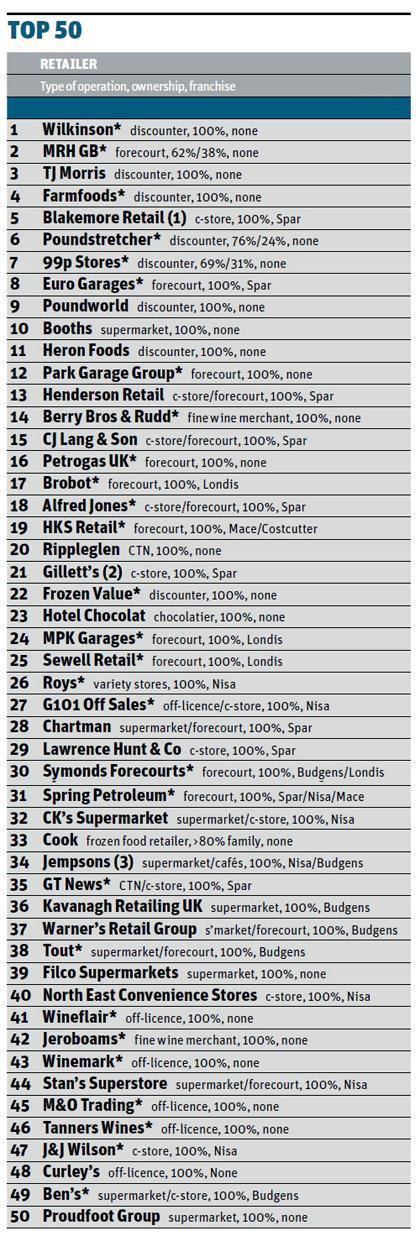
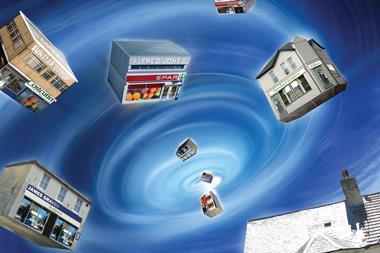
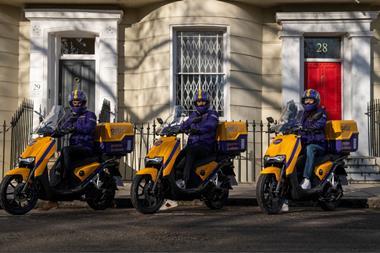
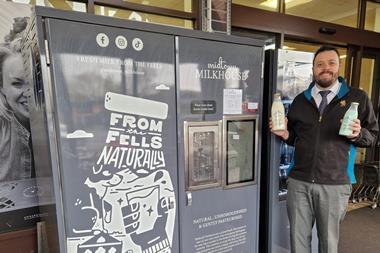
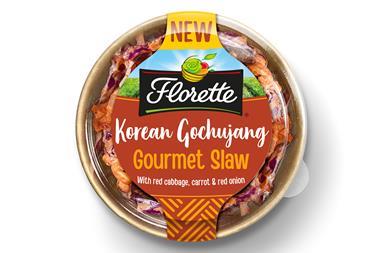
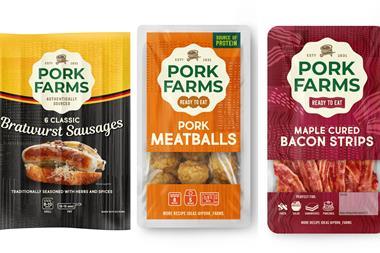


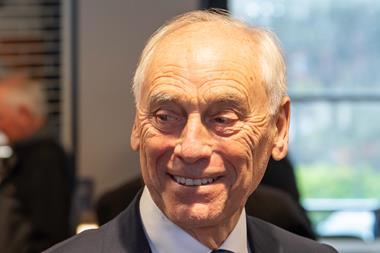
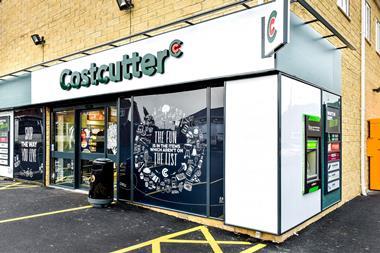
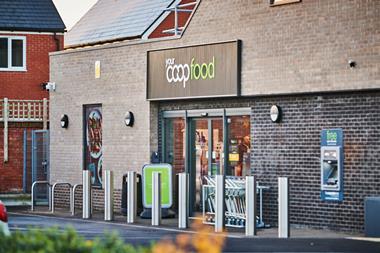


No comments yet